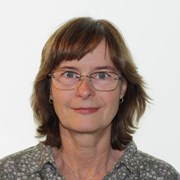Patient pathways have become an important concept within healthcare, and is used by professionals with different backgrounds, for example clinicians, coordinators, and technologists. The lack of an overall framework for patient pathways has resulted in a number of non-standardized descriptions and definitions, and clarifications of concepts rarely occur. Patient pathways are mostly used by hospitals to ensure that patients receive treatment within given target times. Most pathways involve one institution only and are rarely patient centred.
Our vision is to develop a theoretical foundation and a visual modelling language for specifying, developing, and communicating patient pathways. The project departs from a patient-centric perspective, and we will actively involve patients and patient organizations throughout the research activities. We will focus on two diseases: MS and cancer. This is not only to capture different types of pathways, but also to study variations within groups. The goal is to develop methods and tools that support all types of pathways and contributes to well-coordinated and satisfying patient experiences.
The result of the project will be a toolkit for precise, visual models of patient pathways that will make it easier to achieve a common understanding and communicate across different professions. Furthermore, we will create tools for communication directly towards patients.
The project is led by SINTEF Digital, and the partners are the University of Oslo and the University of Aalto, Finland. We will conduct studies at the university hospitals in Oslo and Helsinki and compare results across disease groups and countries. The toolkit will be shared publicly and promoted through seminars.



